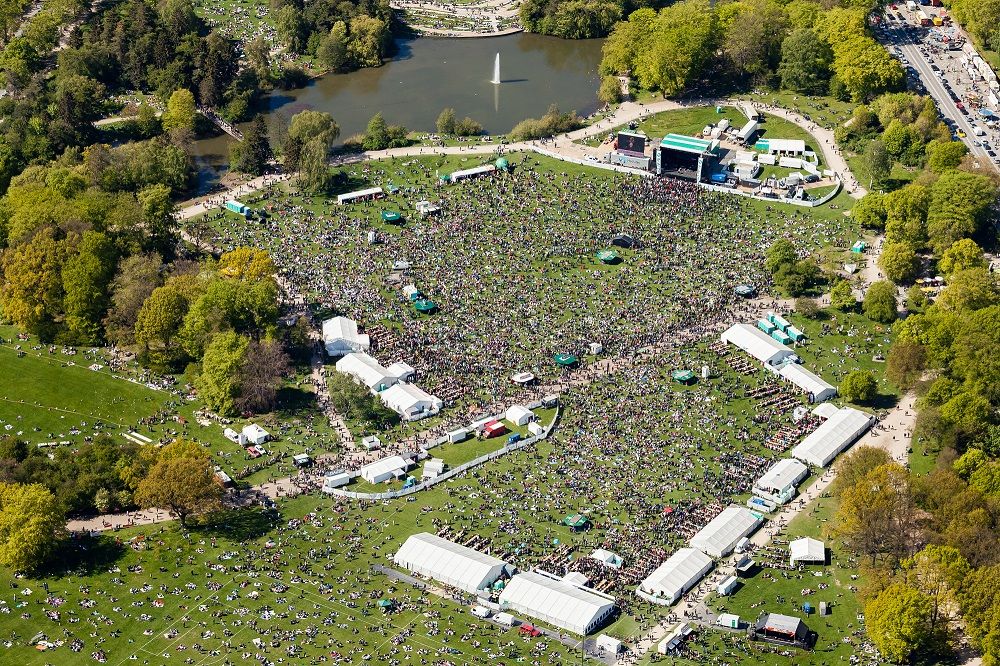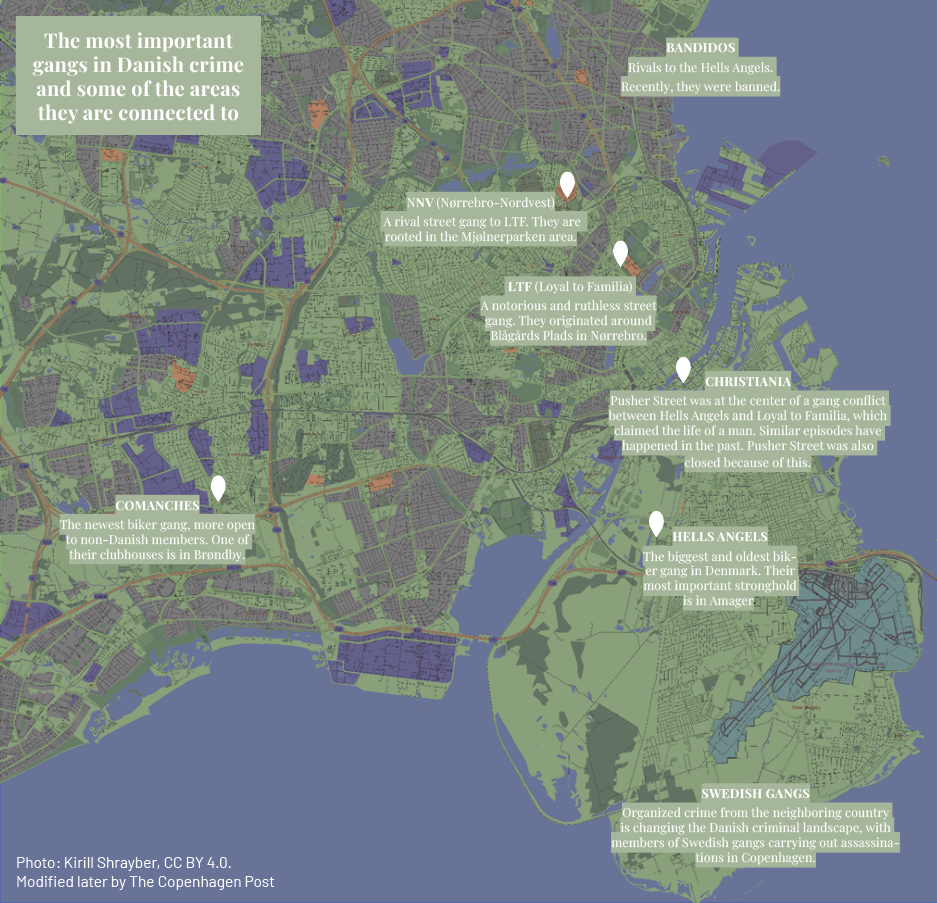Copenhagen is a vibrant, bike-friendly, and culturally rich capital that attracts thousands of international students every year. From world-class universities like the University of Copenhagen and Copenhagen Business School to an open and forward-thinking society, Denmark’s capital offers an excellent setting for academic and personal growth. However, finding housing can be one of the most challenging parts of relocating to Copenhagen—especially for students unfamiliar with the city’s housing market. Housing construction is always a hot topic.
- The Housing Challenge
Like many major European cities, Copenhagen faces a housing shortage, especially in the affordable and student-friendly segments. Demand is high, and the market moves fast. International students often arrive with limited knowledge of where to look, how to avoid scams, and what constitutes a fair price. While universities do offer guidance, most students must navigate the process independently.
- Where to Start: Student Housing Options
1. University-Provided Housing
Most universities in Copenhagen have a limited number of student residences, often managed through partnerships with housing organizations such as Housing Foundation Copenhagen (associated with the University of Copenhagen). These dormitories (called kollegier) are usually reserved for exchange students and come with a set rental period.
These residences tend to be located in different parts of the city—some central, others more suburban. Prices range from DKK 3,000 to 5,500 per month depending on location, amenities, and whether the room is private or shared.
Tip: Apply as early as possible. Demand far exceeds supply, and allocation is typically based on a first-come, first-served basis.
2. Private Rentals and Sublets
Private rentals are another option, and many students look to websites like:
- BoligPortal.dk
- Lejebolig.dk
- [Facebook groups] like “International Students in Copenhagen – Housing” Facebook groups are a great choice with plenty of peers sharing their experiences.
Prices vary significantly. A room in a shared apartment (bofællesskab) in central Copenhagen may cost around DKK 4,000–6,500/month, while prices can drop slightly in the outer districts such as Amager or Vanløse.
Be cautious: Scams are unfortunately common, especially targeting newcomers. Never send money before seeing the room (in person or via live video call) and confirming the legitimacy of the landlord.
3. Housing Cooperatives and Foundations
Denmark has a strong tradition of housing cooperatives (andelsboliger) and foundations (fonde) that sometimes offer lower rent options. Some foundations, such as Egmont Højskolen or Bikuben Kollegiet, provide rooms to students who meet specific criteria, such as income level or field of study.
Neighborhoods to Consider
- Nørrebro: Diverse, young, and full of cafés and second-hand shops. Relatively affordable.
- Frederiksberg: Elegant and safe with access to parks and good public transport. Slightly pricier.
- Amager: Up-and-coming and well connected to central Copenhagen and the airport. Good value for money.
- Østerbro and Vesterbro: Popular with young professionals. Higher rent but great quality of life.
- Difficult but still manageble
Stockholm presents similar challenges for international students—high demand, expensive rents, and limited university housing. In fact, many would argue that Stockholm’s housing shortage is even more severe than Copenhagen’s.
Public queue systems like Bostadsförmedlingen require years of waiting, making them nearly useless for short-term student housing.
However, universities in Stockholm often offer slightly more structured support, especially for exchange students. Many schools reserve rooms through student housing companies like SSSB (Stiftelsen Stockholms Studentbostäder). But just like in Copenhagen, the golden rule is: apply early, and explore multiple options.
In both cities, subletting and flat-sharing have become the go-to solutions for many international students, despite the risk of temporary leases and unofficial arrangements, in Stockholm it’s not uncommon to rent 40-50 kilometers from downtown, luckily the outer suburbs are quite pitoresque like Nynäshamn.
- Alternative Approaches and Tips
- Use Trusted Networks: Leverage alumni groups, fellow students, and verified Facebook groups. Word of mouth can often lead to reliable rooms.
- Consider Commuting: Suburbs like Hvidovre, Brønshøj, or Lyngby offer better prices and are accessible by train or bike. The bike friendliness of Copenhagen is a big deal for many internationals.
- Rent a Temporary Room: Book a short-term Airbnb or hostel when you first arrive. This gives you a local base from which to search more thoroughly.
- Watch for Scams: If it seems too good to be true, it probably is. Scammers often prey on international students desperate for a place.
- Final Thoughts
Finding housing as an international student in Copenhagen requires patience, persistence, and caution—but it’s far from impossible. While Copenhagen’s market is competitive, it’s relatively transparent compared to some other capitals. With proactive research, early applications, and the right attitude, you can secure a safe and comfortable place to live.
Compared to Stockholm, Copenhagen offers slightly more flexibility and fewer bureaucratic hurdles, especially for EU students. Still, both cities demand early planning and a willingness to consider a range of options.
Living in Copenhagen can be a transformative experience, and finding the right place to call home is a crucial first step on that journey.












